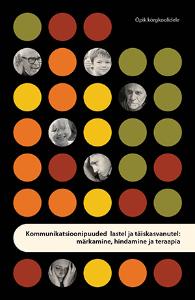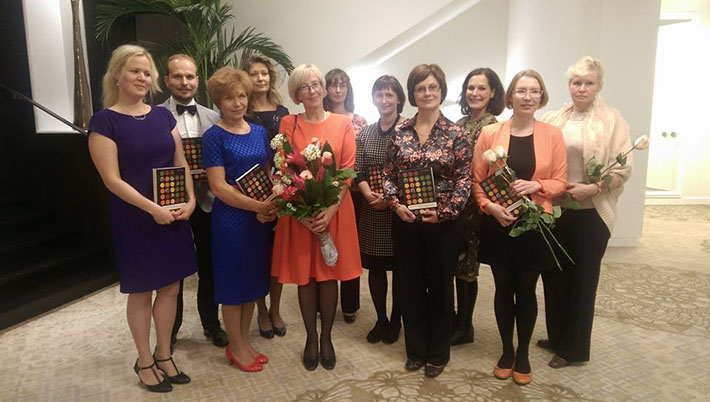Blogs
Focus on Estonia: Virve Vihman

State-of-the-art textbook on communication disorders published in Estonian
Estonia has a population of 1.3 million, of whom about three quarters are native Estonian speakers. This makes Estonian (a Finno-Ugric language closely related to Finnish) one of the smallest European languages to be supported by full educational and health care systems, both of which include components of speech and language therapy (SLT).
Knowledge about the particularities of a language as well as knowledge delivery and distribution in that language are both crucial components in the practice of SLT.
August 2016 marked a historical occasion in Estonian SLT: the publication of a university-level textbook entitled Communication disorders in children and adults: identification, assessment, and therapy (in Estonian: ‘Kommunikatsioonipuuded lastel ja täiskasvanutel: märkamine, hindamine ja teraapia’). The book is weighty in size and contents: at 569 pages and thirteen chapters, it is a comprehensive handbook including a glossary of terms, references, and suggestions for further reading, as well as an impressive collection of figures, case studies, and examples of techniques and methods. The editors of the new textbook, Marika Padrik (PhD) and Merit Hallap (MA), are both lecturers in Speech and Language Therapy at the University of Tartu.
All major speech and language difficulties are discussed, as well as swallowing disorders (dysphagia). The authors of the chapters include University of Tartu lecturers and SLT practitioners; they have skillfully combined the newest findings in international, research-based SLT with local best practice, setting a new standard for future SLT teaching and practice in Estonia.
The new textbook is designed to encourage students to actively discuss topics, analyse case studies, and write therapy and evaluation plans, paving the way for a more practical, applied approach to SLT teaching.
SLT has been taught in Estonia, at the University of Tartu, since 1968. The first Estonian-language handbook in logopedics was published in 1973, but much has changed in SLT delivery and teaching in the 43 years since, both in Estonia and internationally. Some topics, such as dysphagia and myofunctional disorders, were treated very differently in the 1960s or not discussed at all. Evaluation tools have changed, standardised tests to evaluate children's language development have been devised, and instrumental evaluation methods for swallowing and voice disorders are now available in Estonian.
Because SLT is a language-specific field, it is crucial to have research and evidence-based findings for developing therapeutic methods in particular languages. SLT practitioners cannot simply copy the evaluation or therapeutic techniques and methods for developmental and acquired language disorders directly from work done in other languages. The authors of the textbook have relied as much as possible on research conducted in Estonia.
The textbook is primarily targeted at students and future practitioners of SLT, but its readership is likely to include teachers, special needs teachers, medical specialists, as well as parents concerned about their children's language development, and it will be used to inform specialists in various fields close to that of SLT, such as neurologists, psychiatrists and dentists.

Pictured: The authors of the textbook (from left to right) Inga Brin, Aaro Nursi, Ulvi Raidla, Signe Raudik, Marika Padrik, Jaana Koplimäe, Maret Jahu, Merit Hallap, Riin Naestema, Helena Oselin, Anne Uriko (not pictured: Birgit Kaasik)
The publication of the textbook was marked by an awe-inspiring ceremony at the Lydia Hotel in Tartu, including speeches, thanks, and a warm personal greeting from the former Estonian Chancellor of Justice Indrek Teder, a recipient of successful speech therapy himself. The compilation of the textbook was supported by a national programme which finances the writing and publication of university-level textbooks in Estonian (2013-2017).
Congratulations to the Estonian community of Speech and Language Therapy on this milestone!
Last modified: Wed, 22 Mar 2017 14:54:48 GMT



